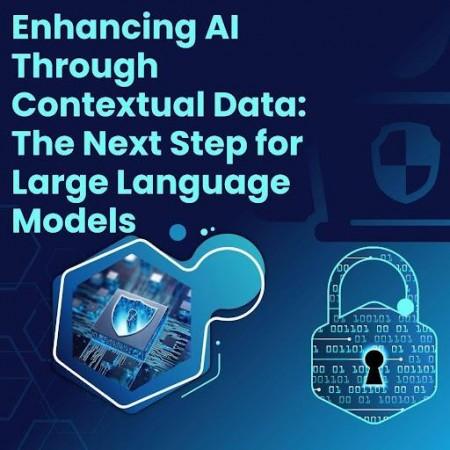
Artificial Intelligence has seen groundbreaking advancements in recent years, particularly with the rise of Large Language Models (LLMs). However, as noted by Ankit Awasthi, these models face limitations when transitioning from research environments to real-world applications. Awasthi, a seasoned expert in AI and data management, explores the significance of contextual data in bridging this gap.
The Shortcomings of Pre-Trained Knowledge
LLMs are built on vast datasets accumulated during pre-training, enabling them to generate human-like responses across various domains. However, real-world applications demand more than static knowledge. Pre-trained models often struggle with long-form context retention, domain specificity, and temporal accuracy. This "lost in the middle" effect, where crucial information gets overlooked, hampers model effectiveness in dynamic environments.
Retrieval Augmented Generation: A Smarter Approach
Retrieval Augmented Generation (RAG) architectures are increasingly being deployed in enterprise environments, where they serve as a critical bridge between static model knowledge and dynamic organizational data repositories. The most sophisticated implementations feature multi-vector retrieval systems that can identify semantic, structural, and temporal relationships within documents. These systems employ adaptive relevance scoring algorithms that continuously refine retrieval precision based on user interactions and feedback loops. As RAG matures, we're seeing the emergence of hybrid approaches that combine traditional information retrieval with knowledge graph integration, offering more contextually aware and reasoning-capable responses that maintain provenance to source materials.
Overcoming Data Management Hurdles
Implementing RAG and other contextual data strategies introduces complexities in data management. Organizations often operate with fragmented information spread across multiple storage systems, making data retrieval inefficient. Ensuring data freshness is another crucial factor stale information can diminish the effectiveness of AI-driven decisions. Additionally, robust security frameworks must be in place to manage access control without significantly affecting performance.The proliferation of unstructured data formats further complicates retrieval mechanisms, requiring sophisticated preprocessing pipelines to standardize inputs
The Role of Customer Data Platforms in AI Evolution
Customer Data Platforms (CDPs) have emerged as a game-changing solution for AI-driven personalization. By aggregating data from multiple sources, CDPs provide LLMs with a comprehensive understanding of user preferences, enhancing engagement and response accuracy. Studies indicate that integrating CDPs with LLMs leads to a marked improvement in user satisfaction and interaction quality. Real-time data processing capabilities in these platforms ensure that AI-generated responses remain relevant and personalized.
Best Practices for Contextual Data Utilization
For organizations seeking to maximize AI efficiency, structured data management is essential. Implementing real-time data pipelines, automated validation systems, and adaptive caching mechanisms can significantly enhance performance. Effective data governance frameworks ensure that LLMs access reliable and high-quality information while maintaining compliance with evolving regulatory requirements.
Future Considerations: Advancing AI Through Smarter Data Strategies
Real-time data integration frameworks will likely emerge as a cornerstone of next-generation AI systems, enabling more dynamic responses to rapidly changing environments. These frameworks will need sophisticated arbitration mechanisms to determine when cached knowledge suffices versus when fresh data retrieval is essential. Additionally, federated learning approaches may help address the privacy-computation tradeoff by allowing models to learn from distributed data sources without centralized storage. Organizations adopting these technologies will need cross-functional governance structures to manage the technical, ethical, and operational dimensions of their data strategies, particularly as regulatory landscapes evolve alongside technological capabilities.
In conclusion,the success of AI in real-world applications depends not just on advancements in model architecture but also on the robustness of contextual data management systems. As Ankit Awasthi emphasizes, the ability to integrate high-quality, dynamic information is essential for AI's continued evolution. The future of LLMs lies in a seamless blend of sophisticated retrieval techniques, real-time data integration, and intelligent data governance, ensuring AI remains both relevant and reliable in an ever-changing world.

















